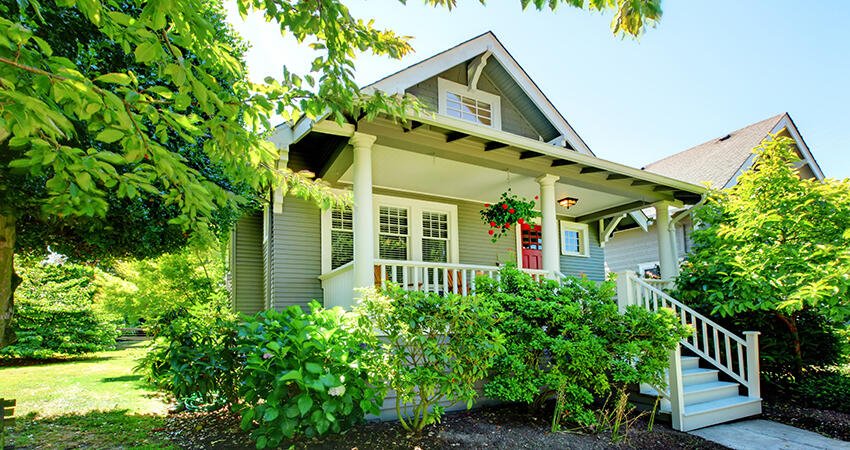
(Artazum/Shutterstock)
The State of Affordable Housing for Renters with the Lowest Incomes
- Title:
-
The Gap: A Shortage of Affordable Rental Homes
- Author:
-
Andrew Aurand, Dan Emmanuel, Daniel Threet, Ikra Rafi, Diane Yentel
- Source:
- Publication Date:
-
2021
The availability and preservation of affordable housing is critical to strengthening communities across the country. Families with affordable housing enjoy better health, educational opportunities, and greater economic mobility. However, the gap between rental prices and incomes is widening, with the pandemic and subsequent economic downturns exacerbating affordable housing shortages.
The National Low Income Housing Coalition’s latest annual report evaluates the availability of affordable rental homes for households with extremely low incomes (those with incomes at or below the federal poverty level or 30 percent of the area median income, whichever is greater). Of the 44 million renter households in the US, 10.8 million have extremely low incomes and account for 25 percent of all renter households and 9 percent of all US households.
The report uses the most recent data from the 2019 American Community Survey. It finds that even before the COVID-19 crisis, there was a persistent shortage of 6.8 million affordable and available homes for renters with the lowest incomes. As a result, about 70 percent of these households routinely spend more than half of their incomes on rent, placing them at higher risk for housing instability and limiting their ability to build savings. The affordability gap is greatest for Black, Native American, Latinx, and Asian households, who are more likely than white households to be renters with extremely low incomes because historical and ongoing discrimination has created racial disparities in homeownership and income.
Key findings
- There are only 37 affordable and available homes for every 100 renters with extremely low incomes.
- Of the 7.4 million homes affordable to households with extremely low incomes, approximately 1.1 million are occupied by households with very low incomes, 1 million by households with low incomes, 400,000 by households with middle incomes, and 900,000 by households with above-median incomes. As a result, only 4 million homes are available to renters with extremely low incomes.
- Seventy percent of the nation’s 10.8 million households with extremely low incomes are severely housing cost burdened, spending more than half their incomes on rent and utilities.
- More than 9.2 million renters with extremely low incomes, 5.2 million renters with very low incomes, and 4 million renters with low incomes are cost burdened.
- The shortage of affordable and available homes for renters with extremely low incomes is systemic. No state has an adequate supply of rental housing affordable and available for households with extremely low incomes.
- In 2020, a family of four with poverty-level income could afford a monthly rent of no more than $655, but the average cost of a two-bedroom rental home was $1,246.
- Of the 50 largest metropolitan areas, renters in Las Vegas, Nevada, face the most severe shortages, with 16 affordable rental homes for every 100 households with extremely low incomes.
- In all 50 of the largest metropolitan areas, at least 75 percent of renters with extremely low incomes are severely cost burdened.
- People of color are much more likely than white people to have extremely low incomes. Twenty percent of Black households, 18 percent of American Indian and Alaska Native households, 14 percent of Latinx households, and 10 percent of Asian households have extremely low incomes. Only 6 percent of white renter households have extremely low incomes.
- Black households account for only 12 percent of all households, yet they represent 19 percent of all renters and 26 percent of all renters with extremely low incomes. Latinx households account for 12 percent of all US households, 19 percent of all renters, and 21 percent of renters with extremely low incomes.
Policy implications
- Federal support in the form of moratoriums and rental assistance could help protect renters with extremely low incomes avoid a wave of evictions.
- The authors suggest Congress could create a permanent National Housing Stabilization Fund to provide direct, short-term financial assistance and stability services to households with low incomes facing housing instability, eviction, or homelessness after an economic shock.
- To address the chronic shortage of affordable housing, the authors suggest expanding the Housing Choice Voucher Program so every income-eligible household receives assistance. Seventy-eight percent of current voucher recipients have extremely low incomes, but only one in four households in need receives assistance.
- Long-term solutions that address the shortage of affordable housing requires both increasing the supply of and properly preserving affordable housing stock.
- Investments in rehabilitating and preserving subsidized and public housing should be prioritized, as well as zoning reforms that overturn policies that perpetuate racial and income segregation by restricting the construction of affordable housing in certain communities.


